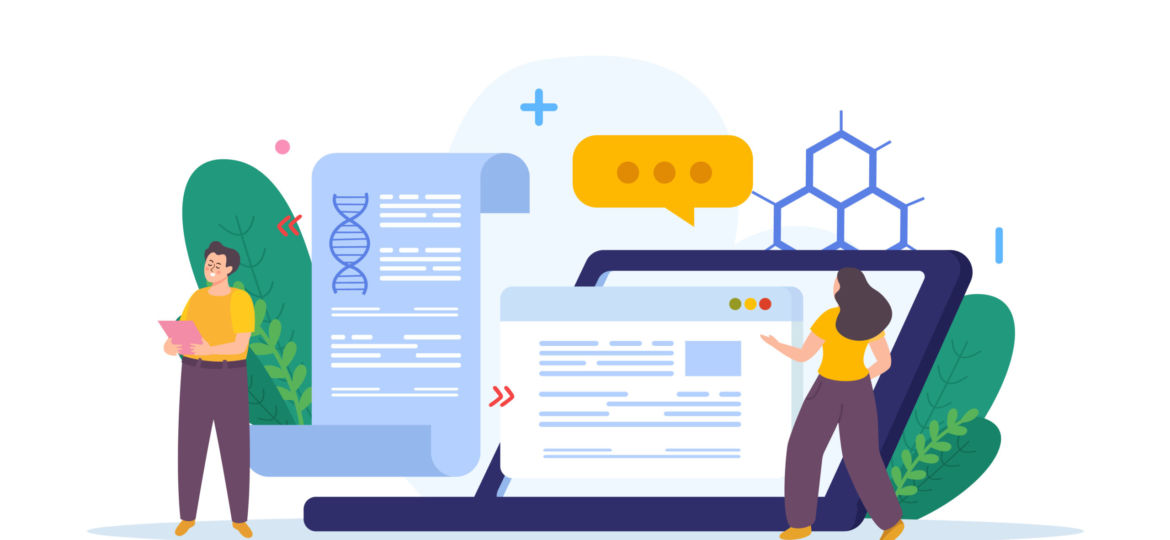
A Guide to Software Licence Terms
A software licence is an agreement between the creator or provider of the software (the licensor) and the user (the licensee). Unlike buying a physical product, purchasing software doesn’t transfer ownership of the software itself to you. Instead, you’re granted permission to use the software according to specific terms and conditions laid out in the licence agreement.
Key elements of a software licence
- Exclusivity. Exclusivity determines whether the licensee has sole rights to use the software or if the licensor can grant the same rights to others.
- Exclusive licence: this is your private pass to use the software, preventing others from using the same software under similar terms. It’s particularly common in custom software developed for a specific client.
- Non-exclusive licence: this allows multiple people or entities to use the software under similar terms. Most software you download or buy off-the-shelf comes with a non-exclusive licence.
- Territory. The territorial scope of a licence specifies where in the world the software can be used. Some licences are global, allowing use worldwide, while others are more restricted, perhaps limited to use within the European Union or solely in the UK, reflecting the legal and commercial strategies of the licensor.
- Field of use. This clause delineates the environments or sectors in which the software can be utilised. For example, a licence might restrict the software’s use to the treatment or prevention of human diseases. This specificity allows the licensor to maintain tighter control over the software’s deployment and potentially enter into separate licensing agreements with other entities for different uses.
- Acceptable use and restrictions. These terms outline what you can and cannot do with the software, including whether you can modify it, copy it, or distribute it to others. Common restrictions include prohibitions on reverse engineering (disassembling the software to understand its inner workings) and sharing the software with unlicensed users.
Understanding licence terms
Moving beyond the basic elements, software licences are also defined by specific terms that further shape their scope.
- Perpetual vs Time-bound. A perpetual licence offers indefinite access to the software. In contrast, time-bound licences, much like subscriptions, need regular renewals, imposing a temporal limit on software use.
- Revocable vs Irrevocable. Irrevocable licences guarantee ongoing access to the software, immune to withdrawal by the licensor, provided the licensee adheres to the agreement terms. Revocable licences, however, can be terminated under certain conditions, offering less stability.
- Transferable vs Non-transferable. Some licences allow the rights to the software to be transferred to another party, offering flexibility in changing hands. Non-transferable licences, however, bind the rights to the original licensee, prohibiting any handover.
- Sublicensable vs Non-sublicensable. Sublicensing permits the licensee to grant usage rights to third parties, extending the licence’s reach. In contrast, non-sublicensable licences restrict this ability, keeping control firmly with the original licensor and licensee.
- Paid vs Free. Not all software comes with a price tag. Free licences may offer unrestricted use without financial cost, though often accompanied by other conditions, such as crediting the creator or sharing modifications with the community.
Specifics of software licenses
Software licences are distinct from other IP licences due to the digital, dynamic nature of software and the industry’s rapid pace of innovation. They often encompass provisions for updates, support, and maintenance, which are crucial for the software’s functionality and security over time. Understanding these aspects is essential for maximising the benefits and minimising the risks associated with software usage.
Conclusion
Understanding these key elements and terms is necessary for aligning your technology investments with your needs and value expectations. To ensure you’re making the most informed decisions regarding software licences and to explore how these can be tailored to your specific needs and goals, we invite you to book a free 20-minute consultation with us.
Image by vectorjuice on Freepik
Read other articles written by Anna Levitina



